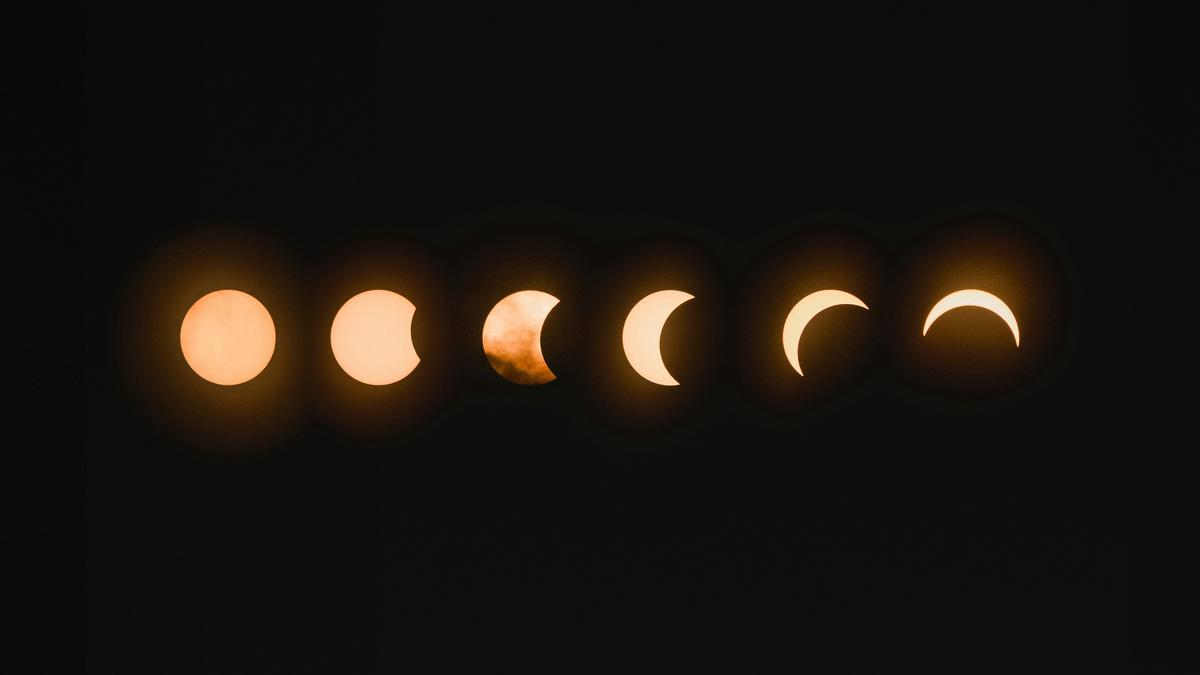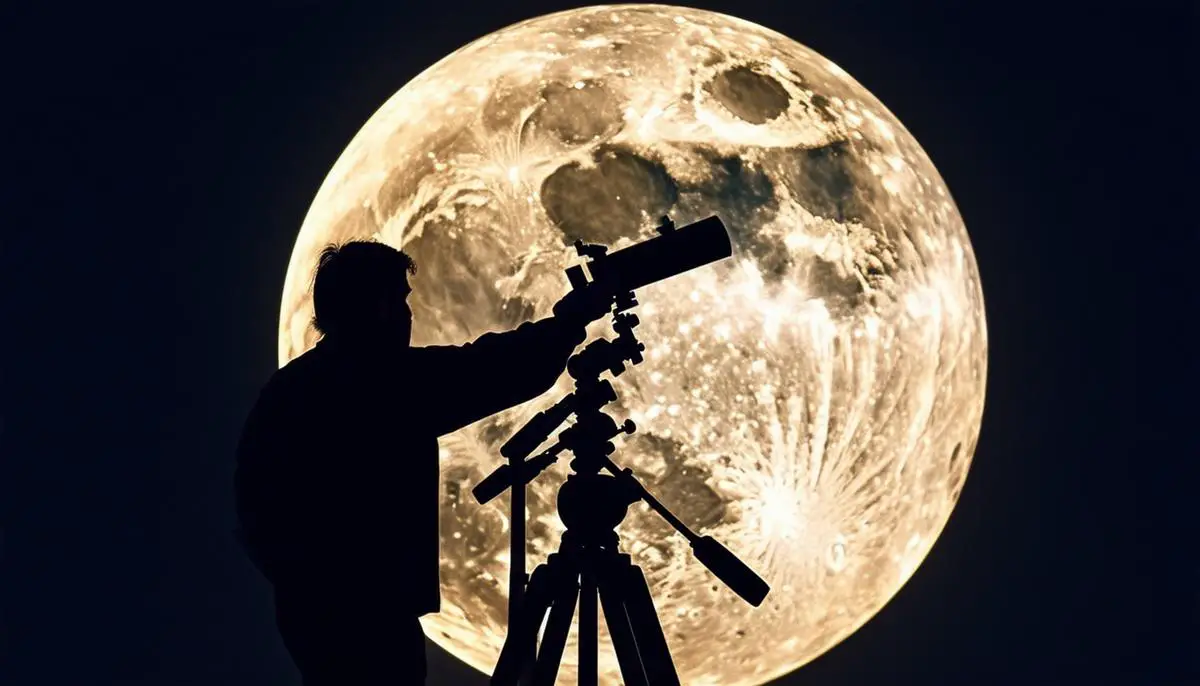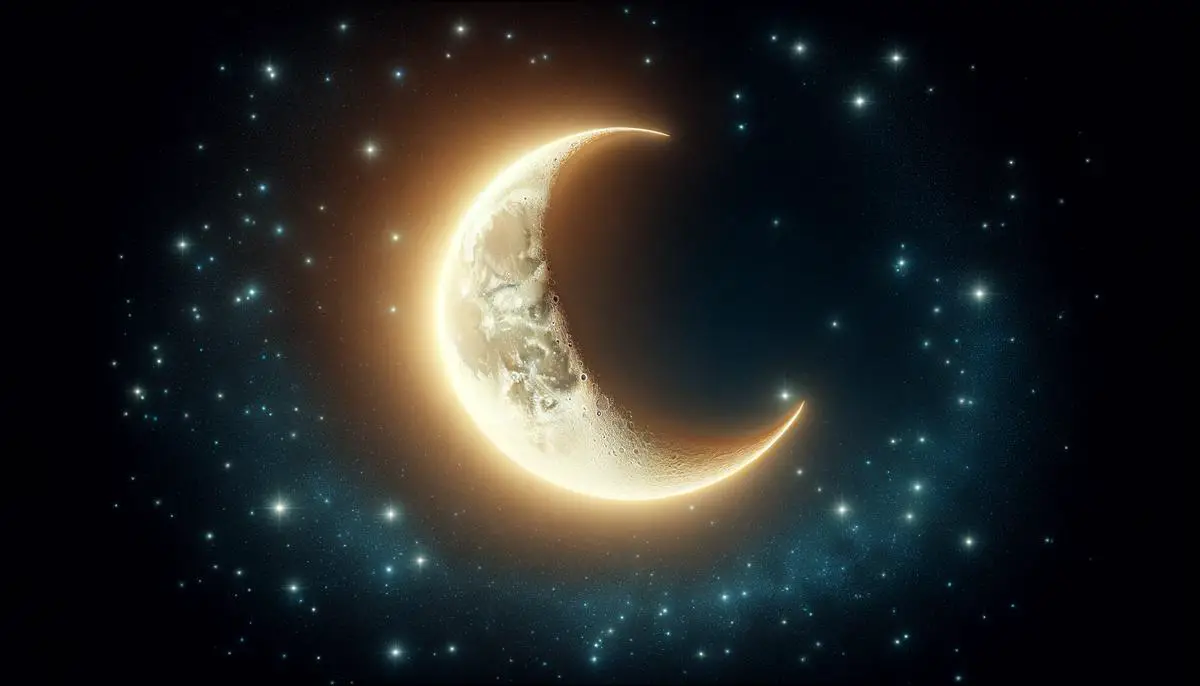Understanding Waxing Moon
A waxing moon refers to the increasing illumination of the Moon's visible surface after the new moon phase until it reaches the full moon. Observers on Earth will notice that the crescent grows larger each night during this phase, and it appears on the right side of the moon in the northern hemisphere. This visible increment is a steady progression from a slim crescent to a luminous half-moon at first quarter, and eventually to a brilliant nearly full moon in the waxing gibbous phase.
In astronomical terms, the waxing phase begins right after the new moon, when the moon aligns between Earth and the Sun, making it nearly invisible from Earth due to the sunlit side facing away. As days progress, the moon moves along its orbit around Earth, and more of its sunlit side becomes visible to us, culminating in the full moon where its entirely illuminated side is visible.
To determine if you are looking at a waxing moon, face south and observe which part of the moon is illuminated—if the right side is sunlit, you are indeed observing a waxing phase in the northern hemisphere. This easily observable increase in light makes the waxing moon a favorite subject of study for both amateur and professional astronomers, providing aesthetic delight and a functional approach to understanding lunar patterns—an invaluable practice in disciplines such as gardening, fishing, and astrological studies.
Throughout this phase, gravitational interactions between the Earth and Moon subtly evolve, affecting oceanic and atmospheric conditions measurably. Cultural and spiritual practices often recognize this progress towards brightness, attributing themes of growth, renewal, and optimism to the waxing moon's phases. These themes are reflected in literature and folklore across civilizations that hold the moon as a celestial emblem of life's cyclic nature.

Photo by tegethoff on Unsplash
Phenomena During Waxing Moon
As the moon travels through its waxing phases, its gravitational pull gradually becomes stronger, exerting a formidable influence on Earth's oceans and resulting in higher tidal fluctuation. These are known as "spring tides," which occur twice each lunar month: once during the full moon and once during the new moon. During the waxing phase, leading up to the full moon, the tidal forces gradually increase, as both the sun and the moon align their gravitational pulls on Earth—a phenomenon which sees the ocean's high tides rise higher and its low tides dip lower than average.
This escalating gravitational pull affects a variety of wildlife behaviors and ecosystems, particularly in marine and coastal environments. For instance, numerous marine species have evolved to spawn during the spring tides of the waxing moon, utilizing the higher water levels to aid the dispersal of eggs and larvae. Similarly, in certain terrestrial ecosystems, the behavior of animals such as nocturnal predators and their prey can change due to the increasing moonlight, which enhances visibility during hunting.
Culturally and astrologically, the waxing moon holds significant interpretations and uses. In agriculture, phases of the waxing moon are often preferred for planting and sowing. The logic behind this practice suggests that the increased gravitational pull aids in absorbing moisture upward from the soil, which is believed to promote seed germination and root growth.
Astrologically, the waxing moon is observed as a time for growth and accumulation; symbolically it represents a period to embark on new ventures or to gather resources. Many cultures worldwide celebrate lunar-dependent festivals during specific phases of this period, mirroring the moon's perceived increase in power and potential. In many spiritual practices, the waxing phases are times for manifesting intentions and for focusing on the positive build-up of energy, aligning personal aspirations with the lunar cycle's progress toward full luminance.
Waxing Moon in Astronomy and Culture
The visibility of the waxing moon has historically guided the development of calendrical systems, which are pivotal in agricultural and cultural scheduling across many societies. By marking the passage of time through distinct phases, the moon's cycle helped early civilizations devise month-based calendars. The lunar calendar, still in use in cultures such as the Islamic and traditional Chinese communities, relies heavily on the observation of the moon's phases, particularly the new and waxing moon. The Islamic calendar, for example, uses the sighting of the waxing crescent moon to determine the beginning of each month, which plays a critical role in identifying the dates of significant religious observances such as Ramadan.1
Astronomically, the waxing moon offers a unique opportunity to examine in detail the transforming lunar landscape. When visible, the terminator—the line dividing the day and night sides of the moon—moves progressively over its surface, revealing features like mountains, craters, and plains newly illuminated by the solar rays. These observing conditions are optimal for both amateur and professional astronomers seeking to study the topography and compositional variances of the lunar environment. The incremental increase in brightness also provides excellent backdrops for astrophotography, where nuances of the lunar surface can be captured in stunning detail.
In numerous mythologies and ancient folklore, the waxing moon is a canvas for symbols and stories that educate about human virtues and societal ideals. It represents a period of increase where heroes grow stronger, fortunes favor the brave, and springs of wisdom rise progressively. Such narratives weave into the moral and ethical foundations of societies, guiding behavior and fostering community cohesion under the sacred cycles of the night sky.
The waxing moon remains an astronomical spectacle and a cultural fixture that necessitates a profound appreciation of how our celestial neighbor influences life on Earth. Whether through influencing tidal patterns that shape coastal ecosystems or marking time in a farmer's almanac, its role is fundamentally interwoven into both the scientific fabric and cultural threads of human existence. Its rhythmic appearance and increase provide a universal sign of continuity, resilience, and potential – reminders critical in our present day and continuing exploration of both our world and those beyond.

- Guessoum N, Meziane K. Visibility of the thin lunar crescent: the sociology of an astronomical problem (a case study). Astron Soc Pac Conf Ser. 2001;220:73.
![]()
